How To Do A Swot Analysis On Yourself
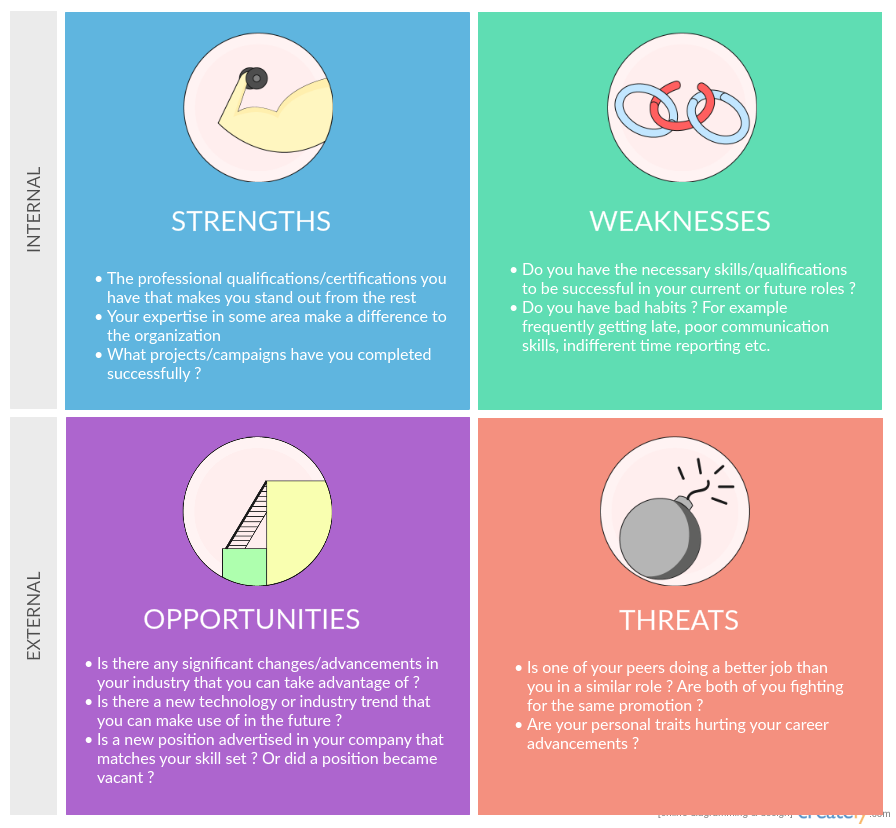
Imagine standing at a crossroads, a map swirling in your hands, its symbols hinting at potential paths. Uncertainty hangs in the air, but a quiet excitement simmers beneath the surface. What if you had a powerful tool, a compass of sorts, to navigate not just physical terrain, but the landscape of your own capabilities and aspirations? This isn't about fantastical fortune-telling; it's about a structured, insightful process called a SWOT analysis, tailored for the most important project of all: you.
A personal SWOT analysis, distilling your Strengths, Weaknesses, Opportunities, and Threats, is an invaluable exercise for self-discovery and strategic self-improvement. It allows you to take stock of where you are, understand your internal resources and vulnerabilities, and identify external factors that can either propel you forward or hold you back. Let’s unpack how you can conduct a SWOT analysis on yourself.
Laying the Foundation: Self-Reflection and Honesty
Before diving into the framework, set the stage. Find a quiet space, free from distractions, where you can think clearly and honestly. Grab a notebook, open a document, and prepare to embark on a journey of self-reflection.
Remember, the quality of your SWOT analysis hinges on your willingness to be truthful with yourself. This isn't a resume-building exercise; it's a tool for genuine growth.
Unveiling Your Strengths
Begin with your Strengths. What are you exceptionally good at? What skills, talents, or experiences set you apart? Think about what others compliment you on and what you genuinely enjoy doing.
Consider both hard skills (technical abilities, certifications) and soft skills (communication, leadership, problem-solving). Don't be afraid to acknowledge achievements, big or small, and consider your positive personal qualities like resilience, adaptability, and optimism.
For example, "Proficient in Python programming," "Excellent public speaker," or "Highly empathetic and a strong team player" could all be strengths.
Acknowledging Your Weaknesses
Next, confront your Weaknesses. This is often the most challenging part, but it's essential for identifying areas where you can improve. What are your limitations? What tasks do you dread or tend to procrastinate on? What areas do you consistently struggle with?
Be specific and avoid vague generalizations. Instead of "I'm bad at math," try "I struggle with advanced statistical analysis" or "I have difficulty managing my time effectively."
Honesty is key. Acknowledging a weakness is not an admission of failure, but a recognition of an area for growth.
Identifying Opportunities
Now, shift your focus outward and explore Opportunities. What external factors could benefit you? Are there emerging trends, industry shifts, or new technologies that you could leverage? Are there new skills you could learn, connections you could make, or experiences you could seek out?
Consider networking events, online courses, volunteer opportunities, and mentorship programs. What resources are available to you that you haven't fully utilized yet?
Perhaps your company is offering training in a new software, or a local organization is seeking volunteers with your skill set.
Recognizing Potential Threats
Finally, identify potential Threats. What external factors could hinder your progress or undermine your goals? Are there competitors vying for the same opportunities? Are there economic downturns, technological advancements, or policy changes that could negatively impact your career or personal life?
Consider potential obstacles to your goals, such as a lack of funding, increased competition, or changing job market demands.
For example, "Rapid advancements in AI could make my skills obsolete" or "Economic recession could lead to job losses" are valid threats to consider.
Analyzing and Action Planning
Once you've completed your SWOT matrix, the real work begins. Analyze the relationships between the different elements. How can you leverage your strengths to capitalize on opportunities? How can you mitigate your weaknesses to avoid threats? How can you turn threats into opportunities, or use your strengths to overcome weaknesses?
Prioritize the most critical factors and develop an action plan. Set specific, measurable, achievable, relevant, and time-bound (SMART) goals to address your weaknesses, capitalize on opportunities, and mitigate threats. Regularly review and update your SWOT analysis as your circumstances change.
Consider exploring resources from reputable career development organizations such as the National Career Development Association (NCDA) for additional guidance.
A Continuous Journey of Self-Improvement
The personal SWOT analysis is not a one-time exercise; it's an ongoing process of self-reflection and strategic planning. By regularly assessing your strengths, weaknesses, opportunities, and threats, you can proactively adapt to changing circumstances, maximize your potential, and achieve your goals. Embrace the journey of self-discovery and empowerment, and use the SWOT analysis as a compass to guide you along the way.
Embrace the power of self-awareness, and watch as your personal and professional life flourish.
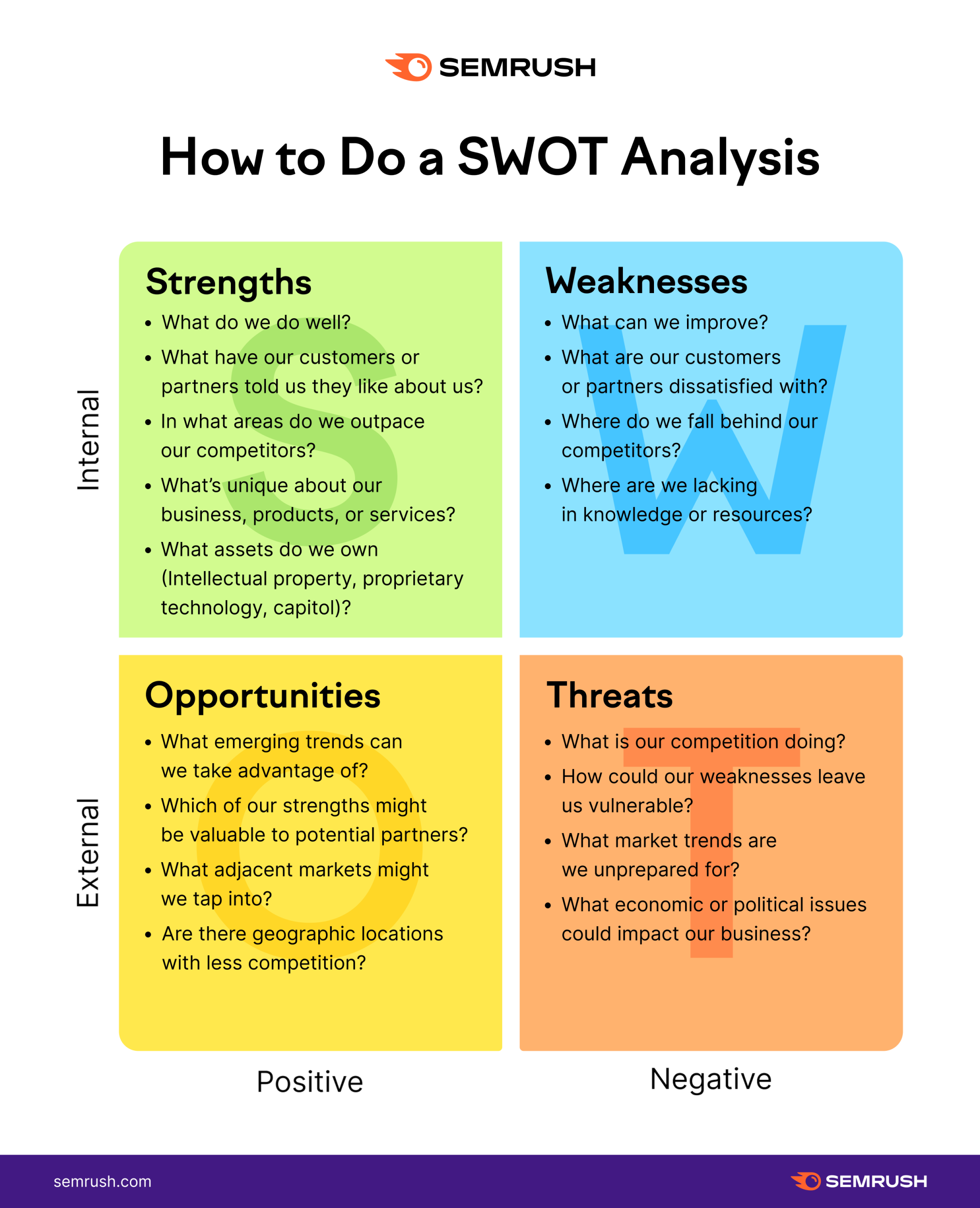


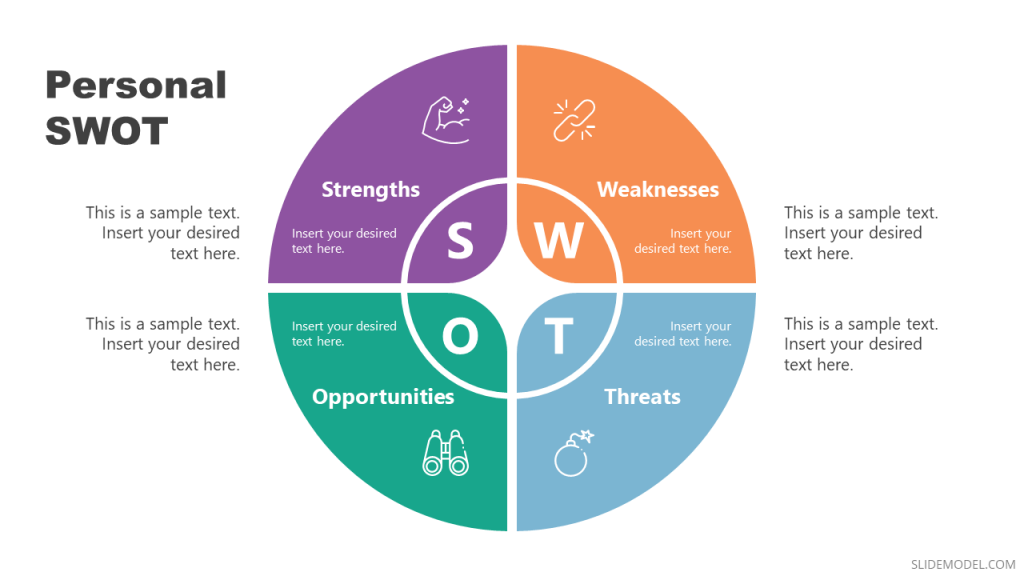

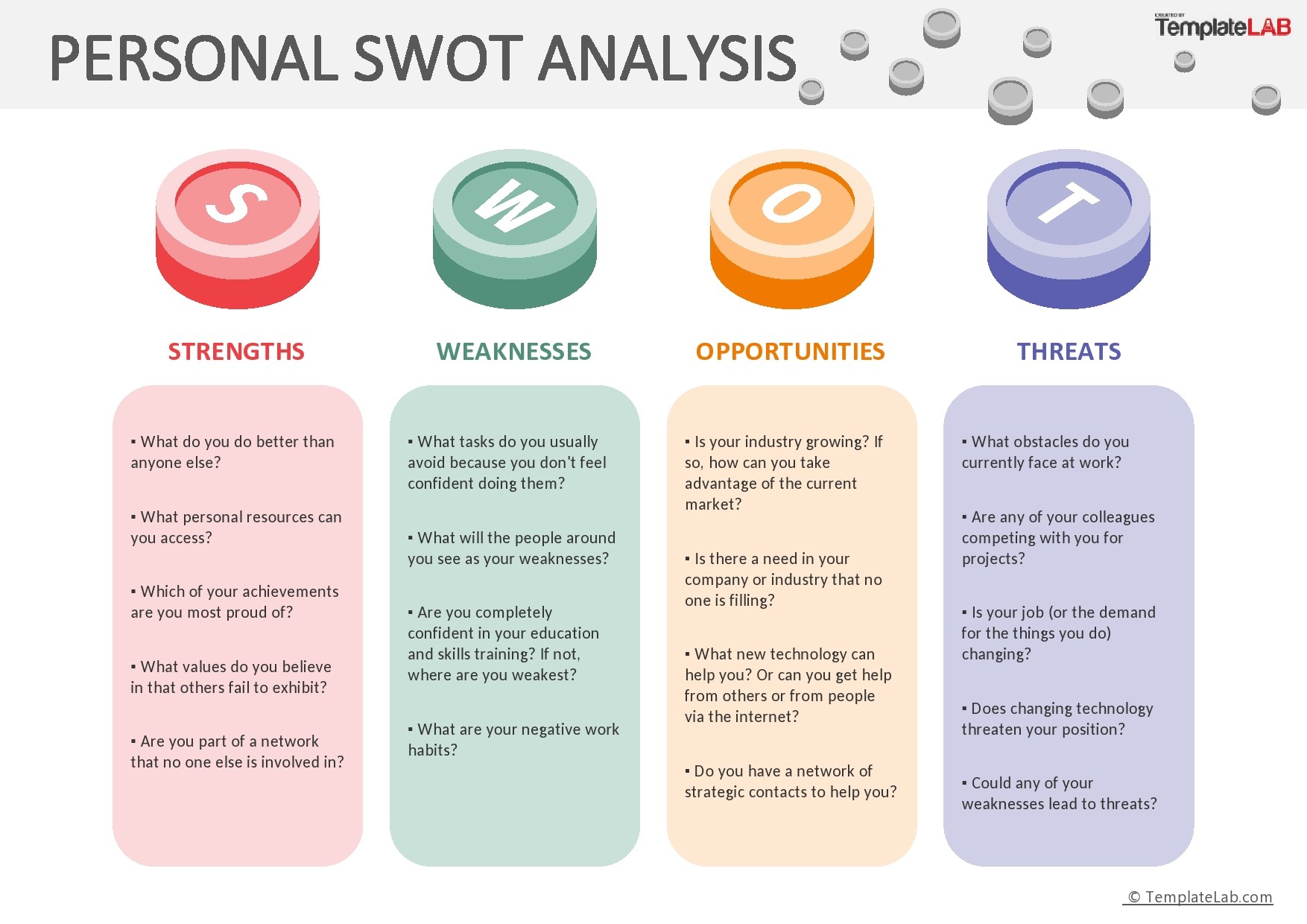
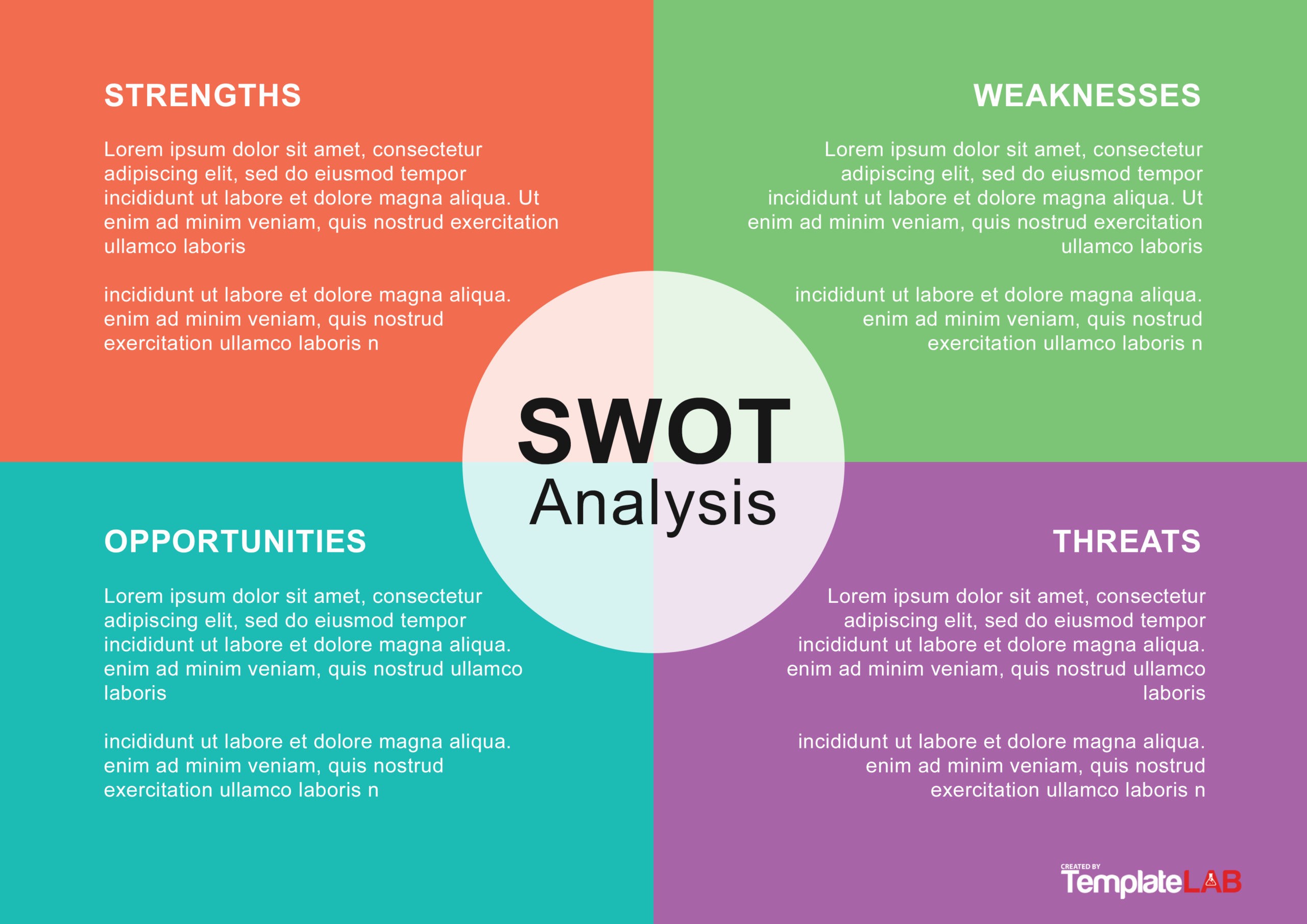
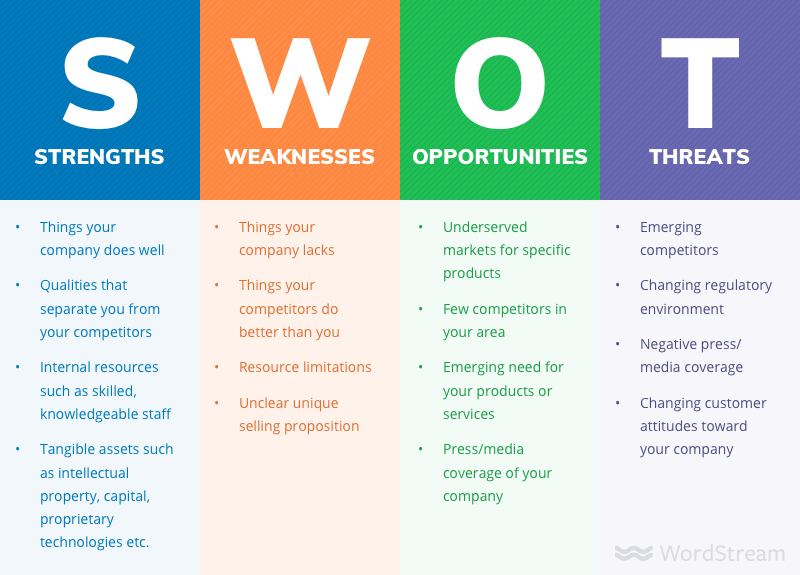
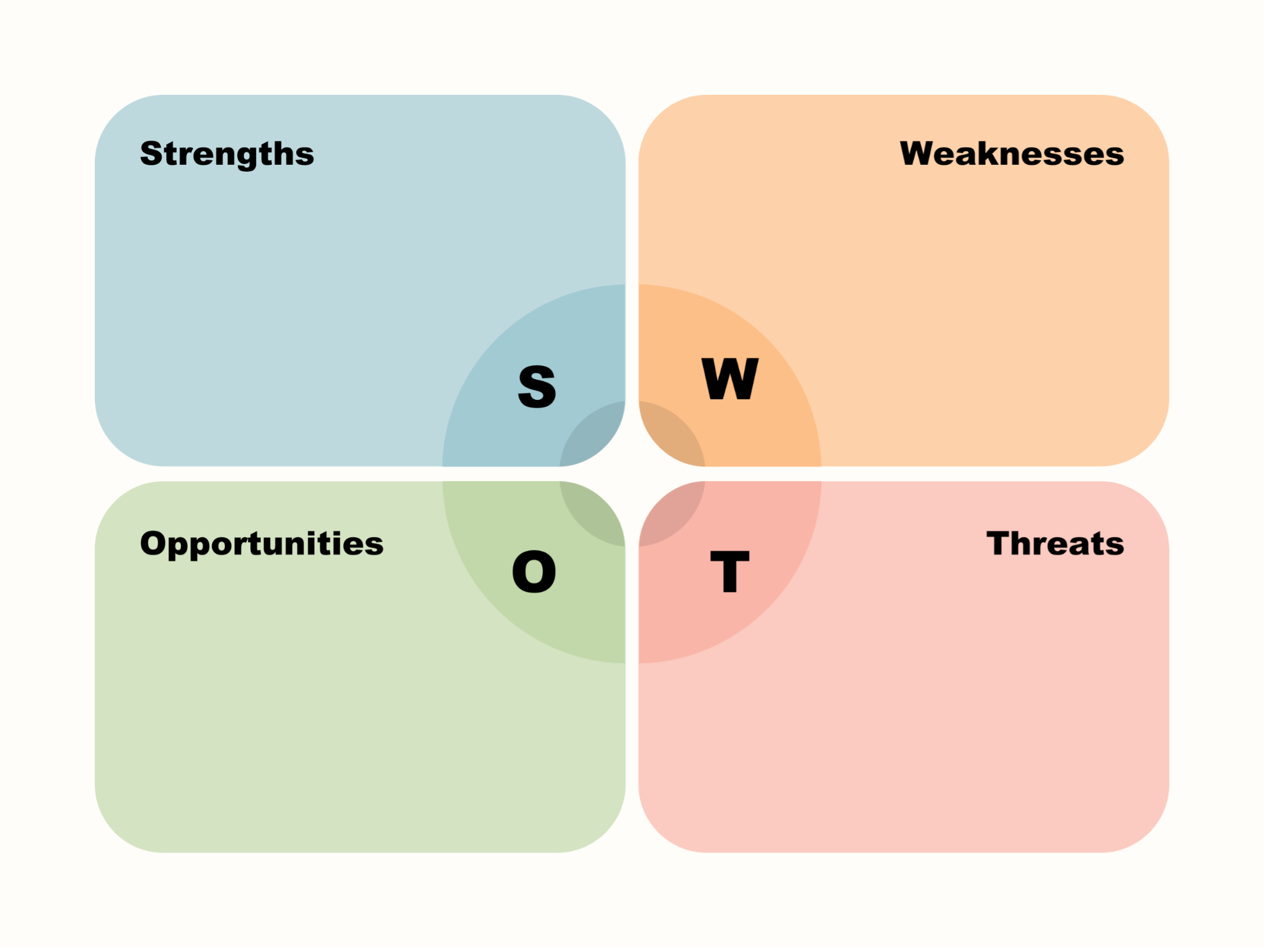
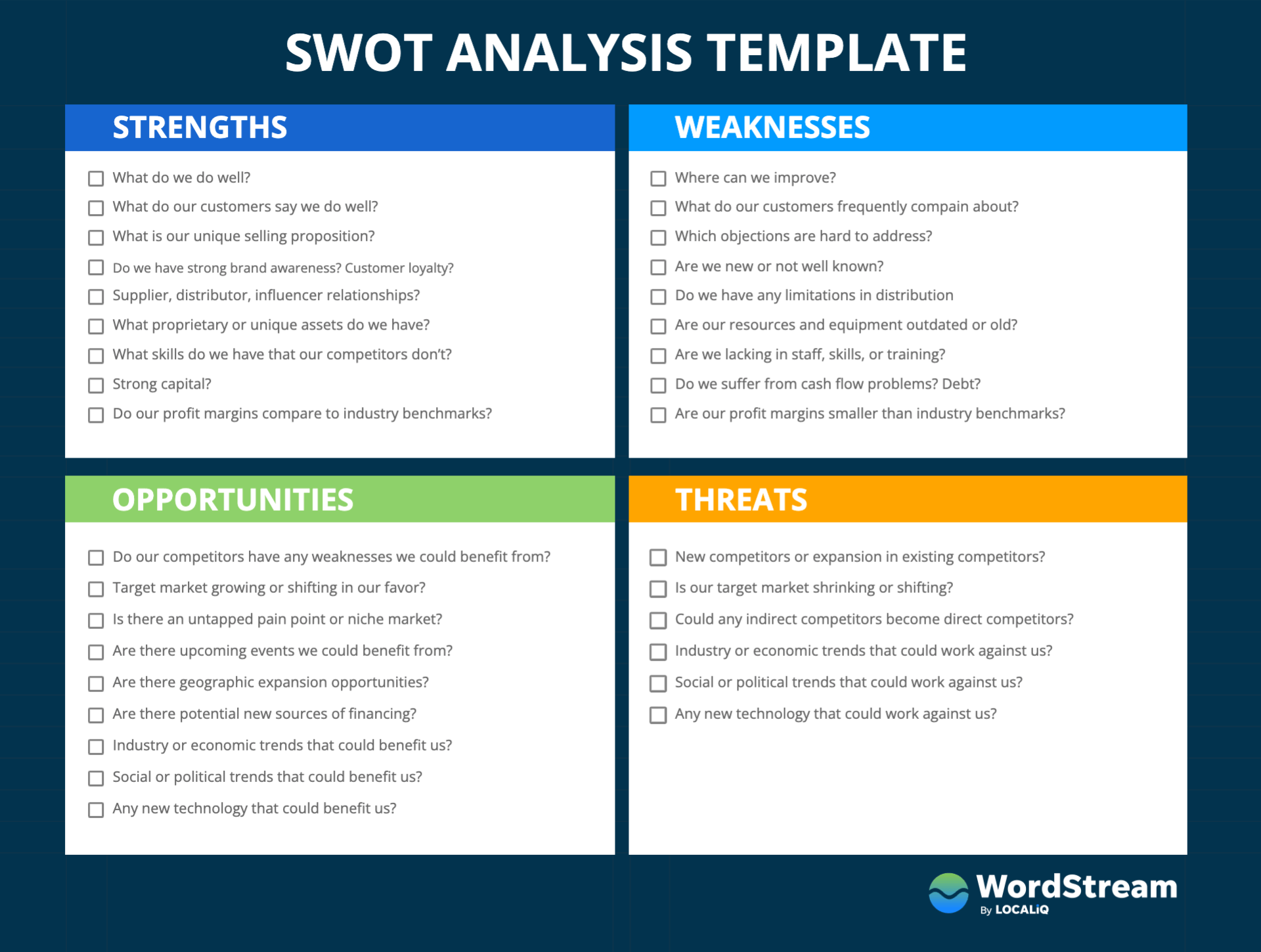
![How To Do A Swot Analysis On Yourself SWOT Analysis: How To Do One [With Template & Examples] - Amplitude](https://blog.hubspot.com/hs-fs/hubfs/swot-analysis-example.jpg?width=3000&height=2000&name=swot-analysis-example.jpg)
.jpg)


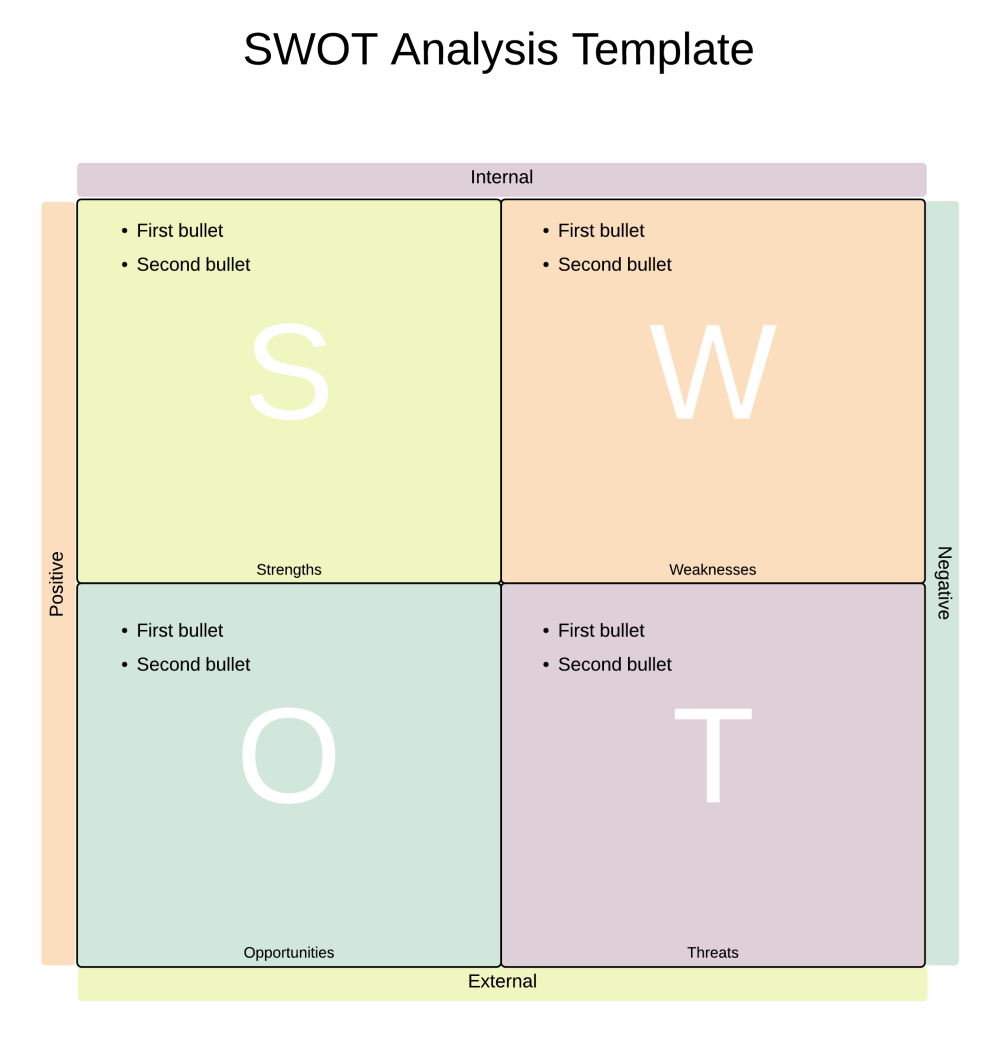
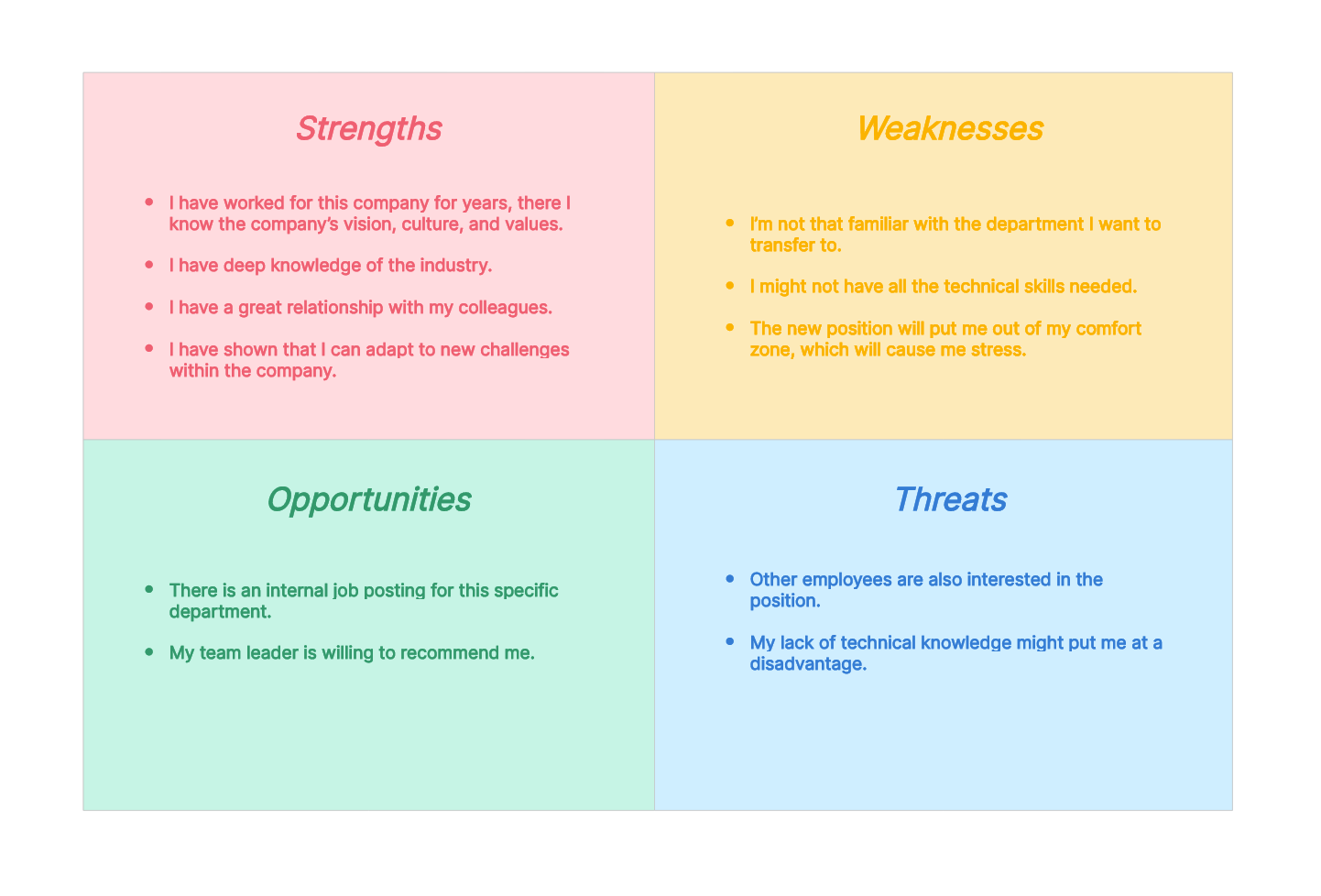
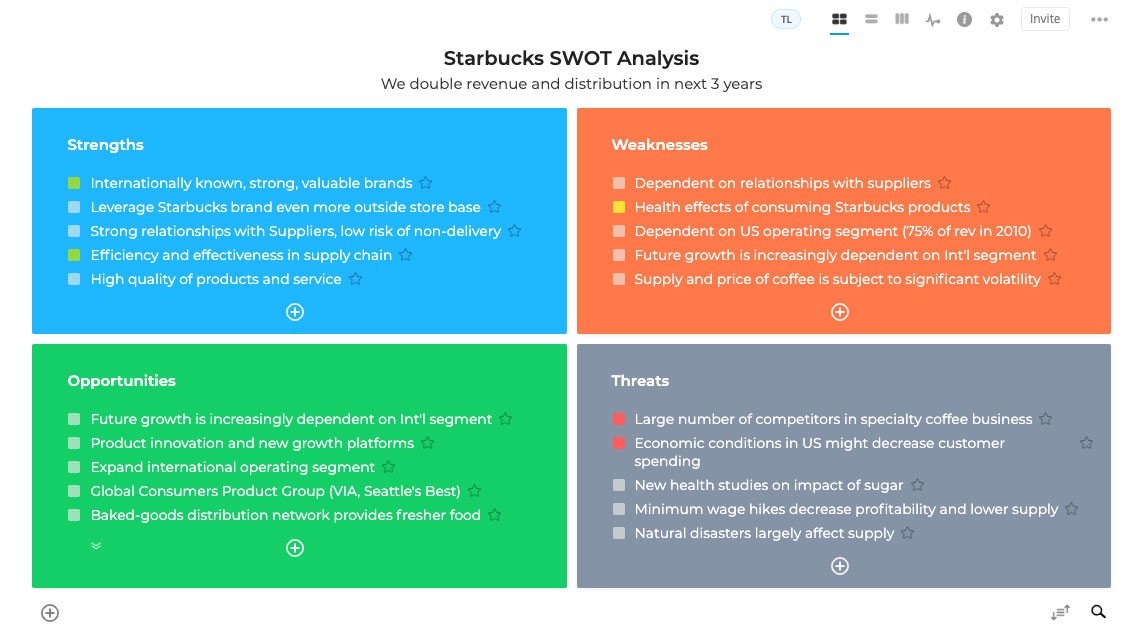
![How To Do A Swot Analysis On Yourself How to do a SWOT analysis [with examples & templates] — BiteSize Learning](https://images.squarespace-cdn.com/content/v1/6348398d9d21fd6277c64f96/485e7404-ef4b-40fb-8cf4-84f14580fe43/swot+analysis+matrix+diagram+templates.png?format=750w)
